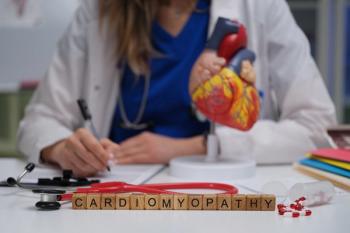
#FoodPoisoning: Tracking Foodborne Illness Through Twitter
A program developed by the Chicago Department of Public Health uses Twitter to help combat foodborne illness in the city.
A program developed by the Chicago Department of Public Health uses Twitter to help combat foodborne illness in the city.
Complaints of food poisoning on Twitter could help public health officials identify and inspect restaurants at fault, thanks to a program detailed in the August 15, 2014,
According to the CDC, an estimated 55 to 105 million people in the United States experience acute gastroenteritis caused by foodborne illness each year, amounting to $2 to $4 billion per year. To help reduce the burden of food poisoning, the Chicago Department of Public Health (CDPH) launched FoodBorne Chicago on March 23, 2013.
Using a specific algorithm, the program tracked tweets sent from the Chicago area that included the phrase “food poisoning.” Project managers then reviewed tweets, looking for indications that the individual had contracted the foodborne illness after eating at a restaurant. If the tweets met the criteria, staff members responded with a tweet encouraging the individual to report his or her case on the program’s website.
In the first 10 months following its launch, FoodBorne Chicago identified 270 tweets that met the criteria for foodborne illness. All 270 Twitter users were contacted, and a total of 193 complaints were submitted through the website. Of these complaints, only 19 (9.8%) patients sought medical care.
Health inspectors then conducted unannounced health inspections at 133 restaurants, accounting for 6.9% of the total health inspections prompted by complaints during the study period. Overall, 21 of the restaurants reported through the program failed inspection and were closed, while an additional 33 restaurants passed with conditions, indicating that serious or critical violations were identified and corrected during the inspection or within a certain timeframe.
At least 1 critical violation was identified at 27 (20.3%) of the establishments, compared with 16.4% of inspections prompted by complaints outside of FoodBorne Chicago. At least 1 serious violation was found in 21.8% of the restaurants reported through the program, compared to 27.8% of inspections initiated outside of the program.
“Collaboration between public health professionals and the public via social media might improve foodborne illness surveillance and response,” the report suggested.
Since the introduction of FoodBorne Chicago, CDPH has held 4 focus groups and plans to launch an online survey in order to increase the effectiveness of staff replies to food poisoning complaints on Twitter. CDPH is also working with the Boston Public Health Commission and the New York City Department of Health and Mental Hygiene to expand the program for use in those cities.
Newsletter
Stay informed on drug updates, treatment guidelines, and pharmacy practice trends—subscribe to Pharmacy Times for weekly clinical insights.







































































































































































































